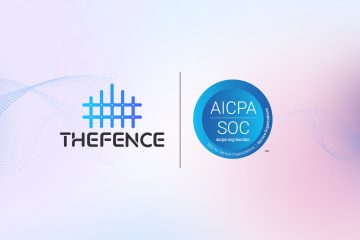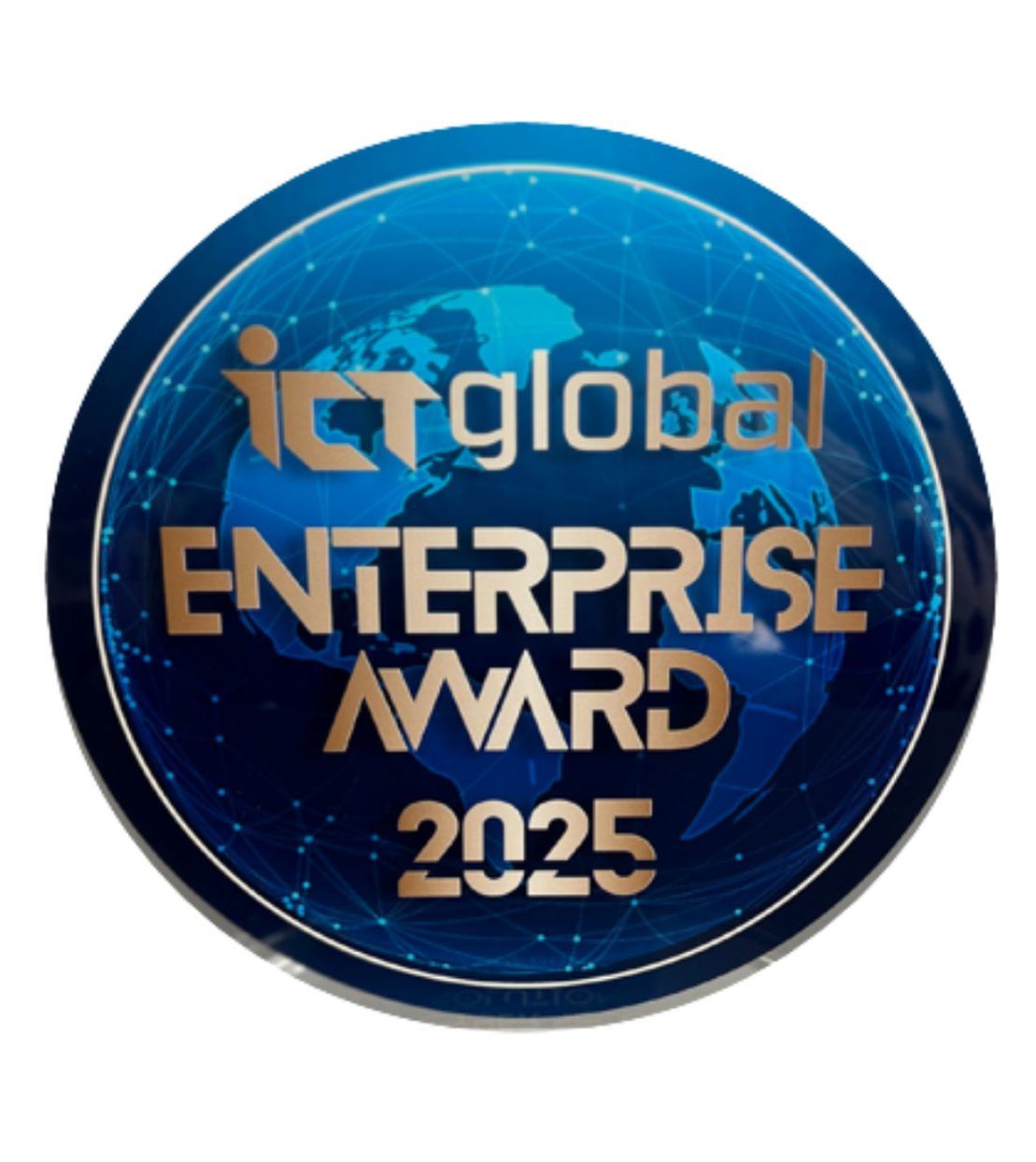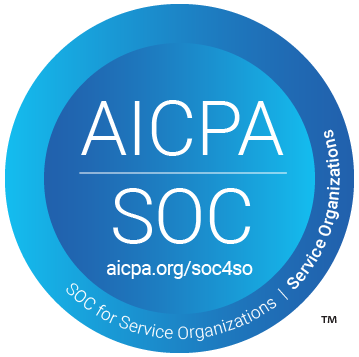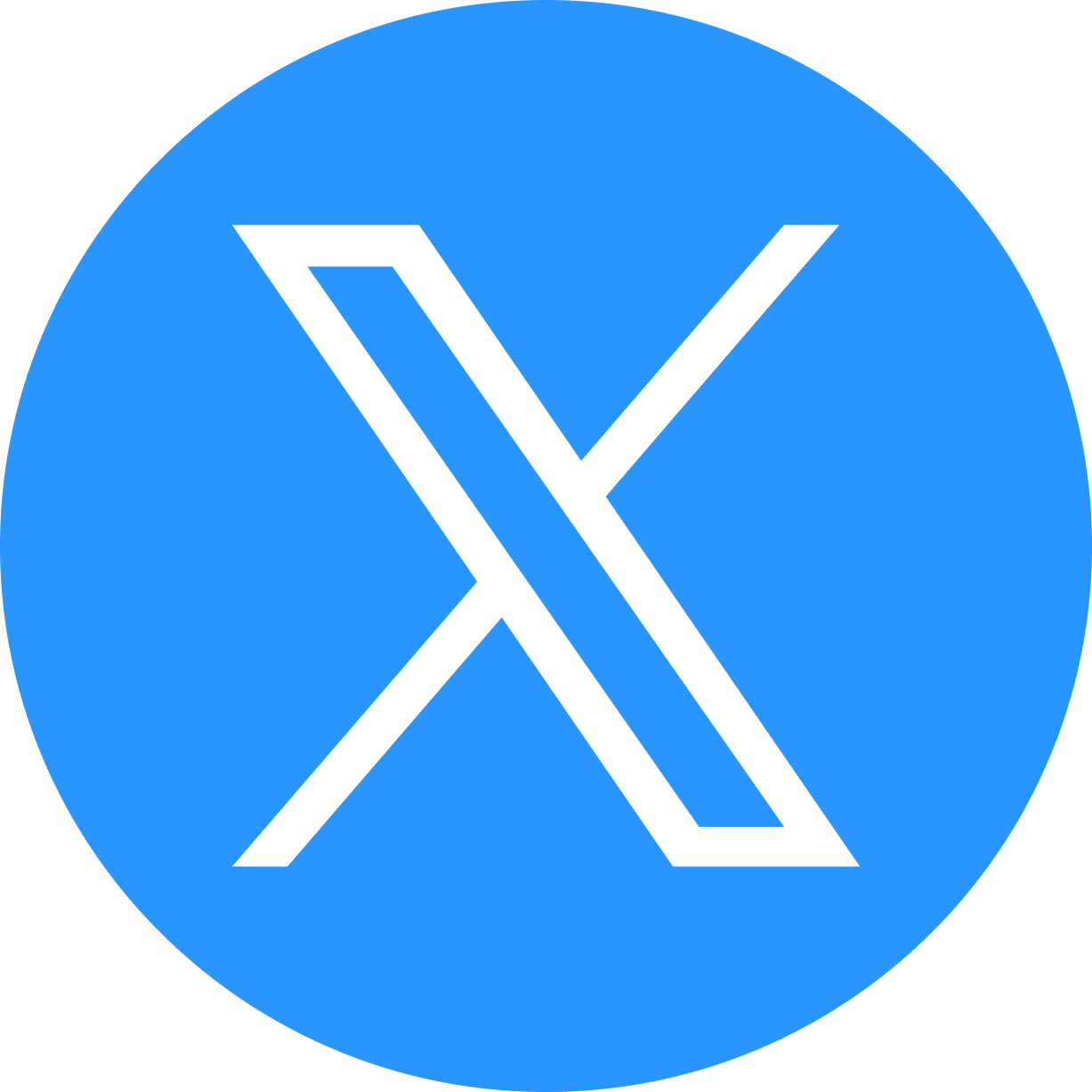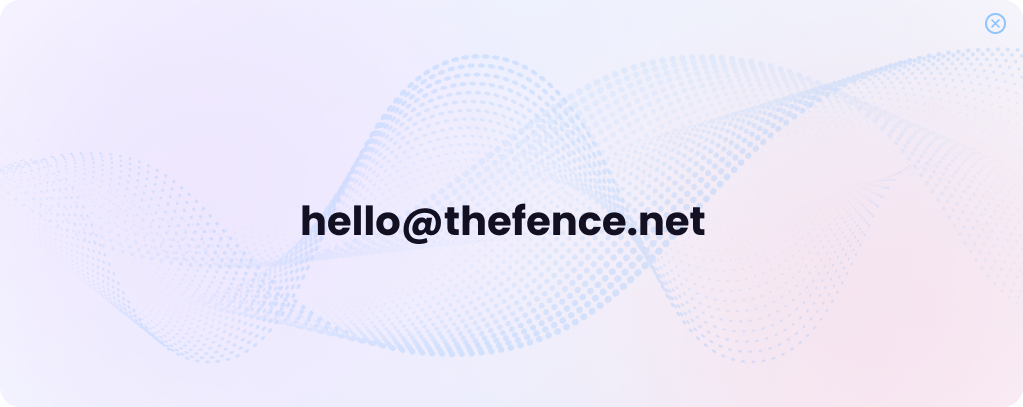Understanding IGA and Its Strategic Role
Identity Governance and Administration (IGA) encompasses the frameworks, technologies and policies that ensure the right individuals — whether human or machine identities — receive, maintain and retire the right access to the right resources at the right time, in accordance with business rules and regulatory requirements.
Far beyond being a purely technical function, IGA is now a critical component of enterprise security posture, directly impacting risk management, regulatory compliance and operational efficiency.
Recent research underscores this shift: 91% of organizations consider identity security a top five priority, and 87% plan to increase their investment in this area. This trend signals that identity has moved to the center of the cybersecurity agenda, driven by an increasingly complex digital ecosystem and evolving threat landscape.
Justifying Increased Investment in IGA
For many CISOs and security leaders, the question is not whether to invest in IGA, but how to justify expanding budgets. Common business-aligned rationales include:
- Risk Mitigation: Stronger governance reduces risks from excessive entitlements, orphaned accounts and insider threats.
- Business Continuity: Effective identity lifecycle management prevents disruptions caused by outdated or inaccurate access rights.
- Cost Optimization: Proactive IGA programs lower costs associated with manual access reviews, regulatory audits and incident remediation.
- Digital Transformation Enablement: As workloads move to the cloud, automated governance ensures secure, compliant and scalable identity management.
Addressing Complexity and Vendor Sprawl
One of the most pressing challenges enterprises face is identity vendor sprawl. Organizations often deploy multiple identity tools across disparate environments, leading to fragmented visibility, inconsistent policy enforcement and higher operational overhead.
Key strategies to address this issue include:
- Platform Consolidation: Moving toward unified IGA platforms that integrate lifecycle management, access certifications and entitlements governance.
- Policy Centralization: Defining enterprise-wide governance policies that enforce segregation of duties (SoD) and least-privilege consistently.
- Automation and AI Integration: Using machine learning to identify toxic access combinations, detect anomalies in user entitlements and automate access reviews.
Compliance Considerations: More Than a Checkbox Exercise
Regulatory requirements such as GDPR, HIPAA, SOX and PCI DSS continue to elevate the importance of IGA. Compliance is not merely about avoiding fines — it’s about building trust with customers, partners and regulators.
IGA directly supports compliance by:
- Enforcing segregation of duties (SoD) and least-privilege access.
- Automating and documenting user access reviews.
- Providing detailed audit trails for investigations and reporting.
- Supporting Zero Trust through strict access governance and entitlements visibility.
The CISO’s Perspective: Navigating IGA Challenges
For CISOs, IGA is both a priority and a persistent challenge. Boards increasingly expect identity governance to be addressed at scale, yet implementing a robust solution is rarely straightforward.
Key difficulties include:
- Overwhelming Complexity: Managing entitlements across SaaS, cloud and legacy systems introduces significant governance overhead.
- Time-to-Solution: Implementing enterprise-wide lifecycle automation and certification processes often requires phased rollouts over months or years.
- Evolving Threats: Attackers exploit over-privileged or dormant accounts; IGA must adapt by introducing continuous, AI-driven governance.
- Balancing Security and Productivity: Overly rigid review cycles can frustrate employees, while lax governance increases risks.
- Resource Constraints: Skilled IGA specialists are scarce, and automation must compensate for limited staff capacity.
In this environment, CISOs focus on building a flexible, scalable IGA program that evolves with regulatory pressures, security demands, and business growth.
What Solutions Do CISOs Really Need?
IGA Solutions for Small and Mid-Sized Businesses (SMBs)
For SMBs, the challenge is strong identity governance without heavy administrative burden. CISOs typically seek:
- Cloud-native IGA platforms: SaaS-based, subscription-driven governance tools.
- Automated lifecycle management: Onboarding/offboarding with minimal manual intervention.
- Preconfigured compliance support: Out-of-the-box templates for GDPR, HIPAA, or PCI DSS reporting.
- Simplified administration: Dashboards that reduce the need for specialized staff.
- Scalable pricing: Pay-as-you-grow governance services that adapt to organizational expansion.
IGA Solutions for Large Enterprises
Large organizations face more complex realities: hybrid infrastructures, thousands of users and strict regulatory expectations. Enterprise IGA strategies typically include:
- Hybrid & Multi-Cloud Integration: Unified governance across on-premises, SaaS and multi-cloud environments.
- Advanced Entitlements Governance: Detection and remediation of toxic combinations, enforcement of segregation of duties and automated access certifications.
- Lifecycle Automation: End-to-end management of joiner-mover-leaver processes across diverse applications.
- AI-Driven Access Risk Management: Machine learning to identify high-risk entitlements, anomalies and insider threats.
- Customization & Interoperability: Integration with HR systems, DevOps pipelines, and security orchestration.
- Regulatory Depth: Automated reporting, audit-ready logs, and adherence to industry frameworks.
For enterprise CISOs, the goal is to build a future-ready identity governance fabric that supports Zero Trust, controls non-human identities (service accounts, bots), and prepares for evolving compliance requirements.
The Solution Is in Your Hands: TheFence
When it comes to identity security, organizations need more than another point tool — they need a flexible, scalable IGA platform that adapts to their size and maturity.
TheFence™ delivers exactly that: an automated, AI-powered Identity Governance and Administration platform designed to meet the needs of both small and large enterprises.
Key advantages include:
- Fast Deployment and Easy Management
SaaS-based, lightweight architecture enables rapid rollouts and seamless integration with cloud and on-premises systems. - Modular and Flexible Design
SMBs can use core features like compliance reporting and access rights management, while enterprises can activate advanced modules such as access risk management, segregation of duties enforcement, and lifecycle automation. - AI-Driven Governance Insights
AI copilots analyze entitlements, detect anomalies, and build risk-based access profiles to ensure least-privilege enforcement. - Compliance and Audit Readiness
Supports major standards (GDPR, HIPAA, ISO 27002, PCI, NIST, COBIT) with automated reviews and audit-ready reporting.
In summary: TheFence™ is a modular, quickly deployable, and easy-to-manage IGA platform that empowers both SMBs and enterprises to strengthen identity governance, reduce operational overhead and achieve compliance with confidence.
